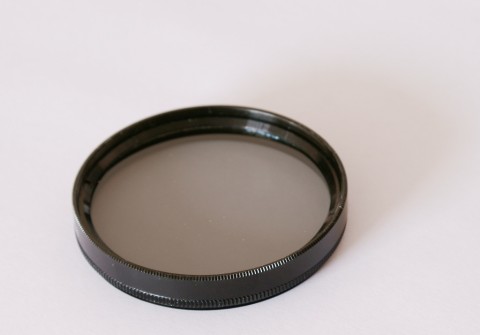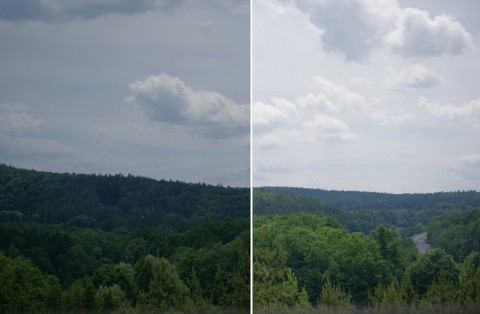Understanding Polarizer Lens Filter: What is a polarizer good for after all?
Any photographer knows to some degree the importance of using lens filters – even if we are discussing about a typical UV filter (which most people use to protect their lenses, rather than for any other real purpose) or something more complicated and complex like a polarizer or ND filter.
A polarizer is without a doubt one of the most useful filters you can ever buy, and one that should certainly not be absent from any photographer’s filter kit right from the beginning. You will notice that no matter which photography type you opt for, the polarizer will simply become indispensable.
However, enough with the standard ovations – I think that by now it is clear that the polarizer is essential to your photography kit and that is all we are going to say. Nevertheless, what does this lens actually do? First, it turns dull, blue skies into beautifully contrasted sky, with rich, deep colors. In addition, reflections in the water are history due to the polarizer filter.
Basically, a polarizer lens works on removing reflections from just about everything out there – this is why using a polarizer on a sunny day will lead to richer colors in your photographs. Color saturation is enhanced with just about any subject, and the most interesting part is that no other filter or post-processing can provide this.
So, where does the polarizer lens do its job at peak efficiency?
- Skies – As mentioned before, if you want to make your landscape unique, simply use a polarizer on a sunny day. The effect will be astonishing, mostly because you will eliminate the reflection of light in the small water droplets that exist at all times in the atmosphere. This will mean darker, richer, more saturated skies.
- Water (and other reflective surfaces) – Reflections are the source of all evil, at least in landscape photography (and I mean incomplete reflections). By eliminating reflections, water will become more transparent, and object will have a lower index of reflection. Nevertheless, remember that the angle is very important – while positioning yourself at water level and trying to shoot a polarized picture from that angle will send you no serious results, you will notice that shooting the same photo from a tall bridge or something similar will lead to very transparent water.
- Saturation, saturation, saturation – Using a polarizer lens means that the colors in your landscape will all become more saturated due to smaller amounts of reflection.
- Less light, lower shutter speeds – This however is useful only in particular cases. You see, a polarizer lens absorbs about 1.5 stop of light (even 2 in some cases) this means that if you want to take a picture of a waterfall, the polarizer can come in rather handy (not to mention the fact that it will remove the reflections at the same time).
Using a polarizer filter is not at all difficult thing. First, you should check whether your lens moves its front lens when it focuses. In other words, will the original position of the polarizer be affected due to focusing? If you are a lucky one, and your lens only moves ahead and back, then you can use a screw-in filter with no other problem.
Digital CPL polarizer from Fomei
Simply aim at your subject (whatever it may be) and rotate the filter until it brings the appropriate results. If your lens does actually spin, then you might have some supplementary work to consider – try focusing first and adjusting the polarizer later. To prevent any useless autofocusing you can even consider manual focus.
Sample photography with and without polarizer
In order to actually notice the effects try moving the polarizer slowly this giving the eye time to adjust to the changes in color temperature. Remember that polarizers are actually useful when light comes through them at 90 degrees, or somewhere between 90 degrees and 120. When light is at 180 degrees your polarizer filter is simply useful (but maybe when you’re using it for longer shutter speeds).




